There is a reason why I love making infused honey, and it isn't just the process of letting the bees do all the work of collecting nectar from local blossoms and encasing it in a beautiful golden package. I also love how easy this honey, lemon, and ginger ferment is to make!
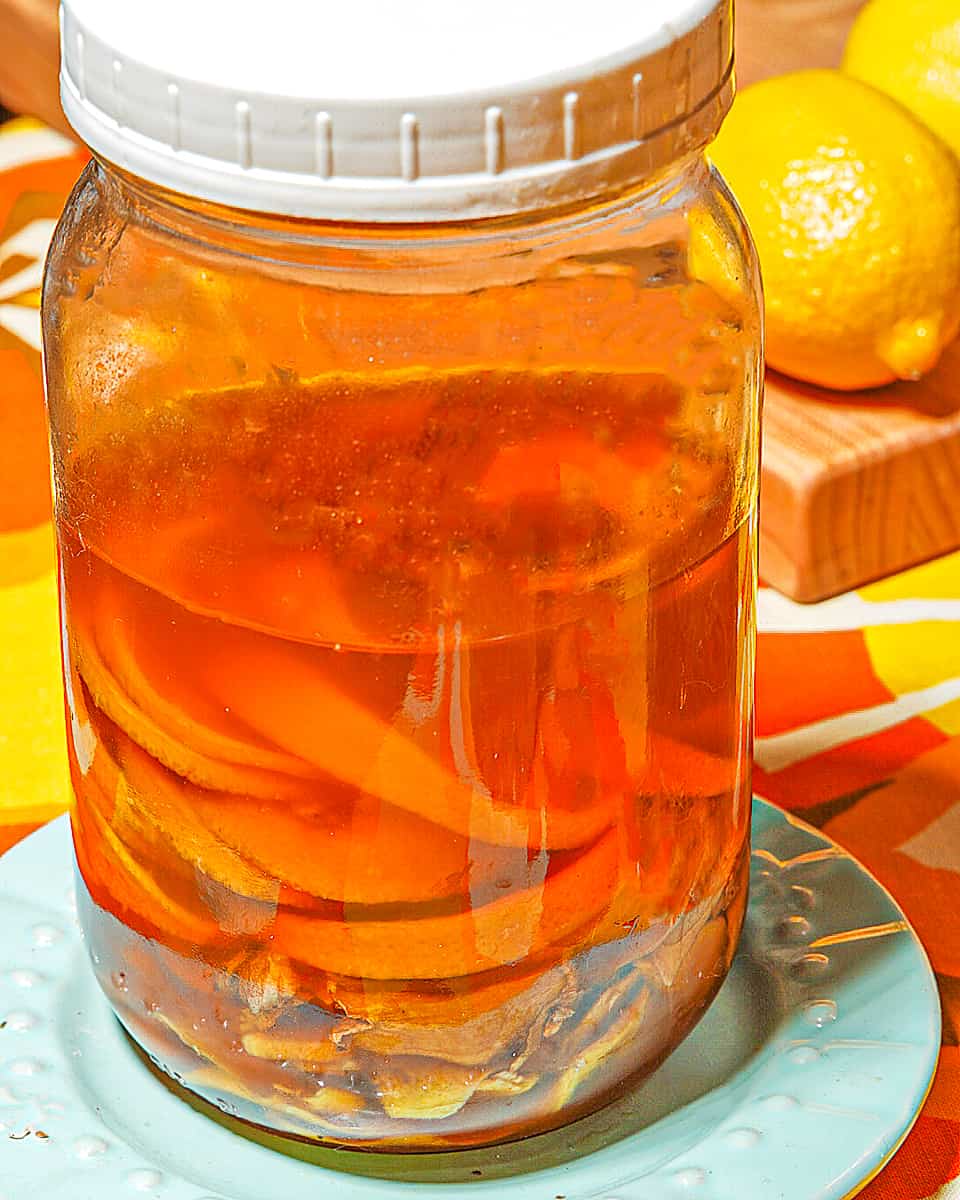
This lemon-fermented ginger honey is another fermentation project that is great for beginners and results in a simple syrup consistency that's great to add to tea or use as a spread. You'll love this citrus honey infusion if you're a fan of fermented garlic honey or use honey as part of your health and wellness regime.
Ginger Lovers Unite!
Are you ready to embark on a ginger-filled adventure with a burst of flavor? Discover a world of enticing ginger recipes that will tantalize your taste buds.
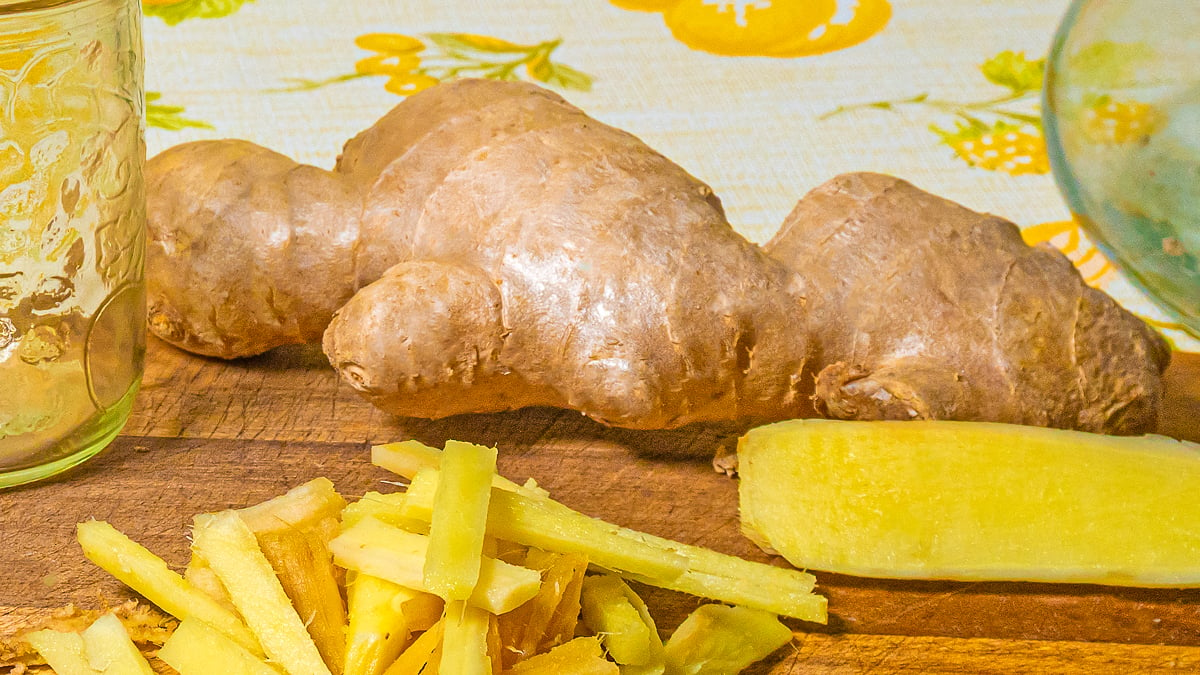
From the invigorating Honey Fermented Ginger and refreshing Ginger Shots there's a recipe for everyone. Quench your thirst with revitalizing Ginger Water, add a touch of magic with versatile Ginger Syrup, and indulge in the cozy comfort of Fresh Ginger Tea.
With these enticing options, you can explore ginger's remarkable flavors and health benefits in one exciting culinary journey. Get ready to unlock the full potential of ginger and elevate your culinary creations to new heights.
Jump to:
- Ginger Lovers Unite!
- How does honey fermentation work?
- Ingredients
- Equipment
- Instructions
- What kind of honey should I use?
- Benefits of ginger and honey with lemon
- How to Use Lemon and Ginge Fermented Honey?
- Storage
- When will I know the lemon fermented ginger and honey are ready?
- Notes
- Expert Tips for Honey Fermented Ginger Lemon
- FAQ
- Related Recipes
- 💬 Comments
The hardest part is finding jars to store your honey once it is finished.
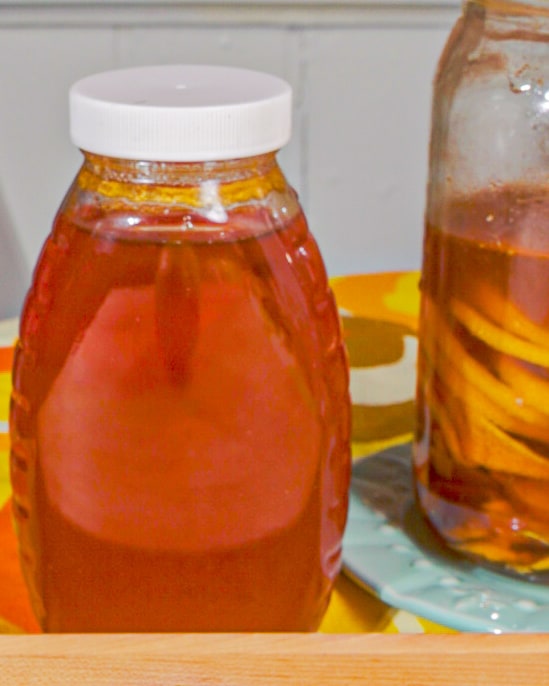
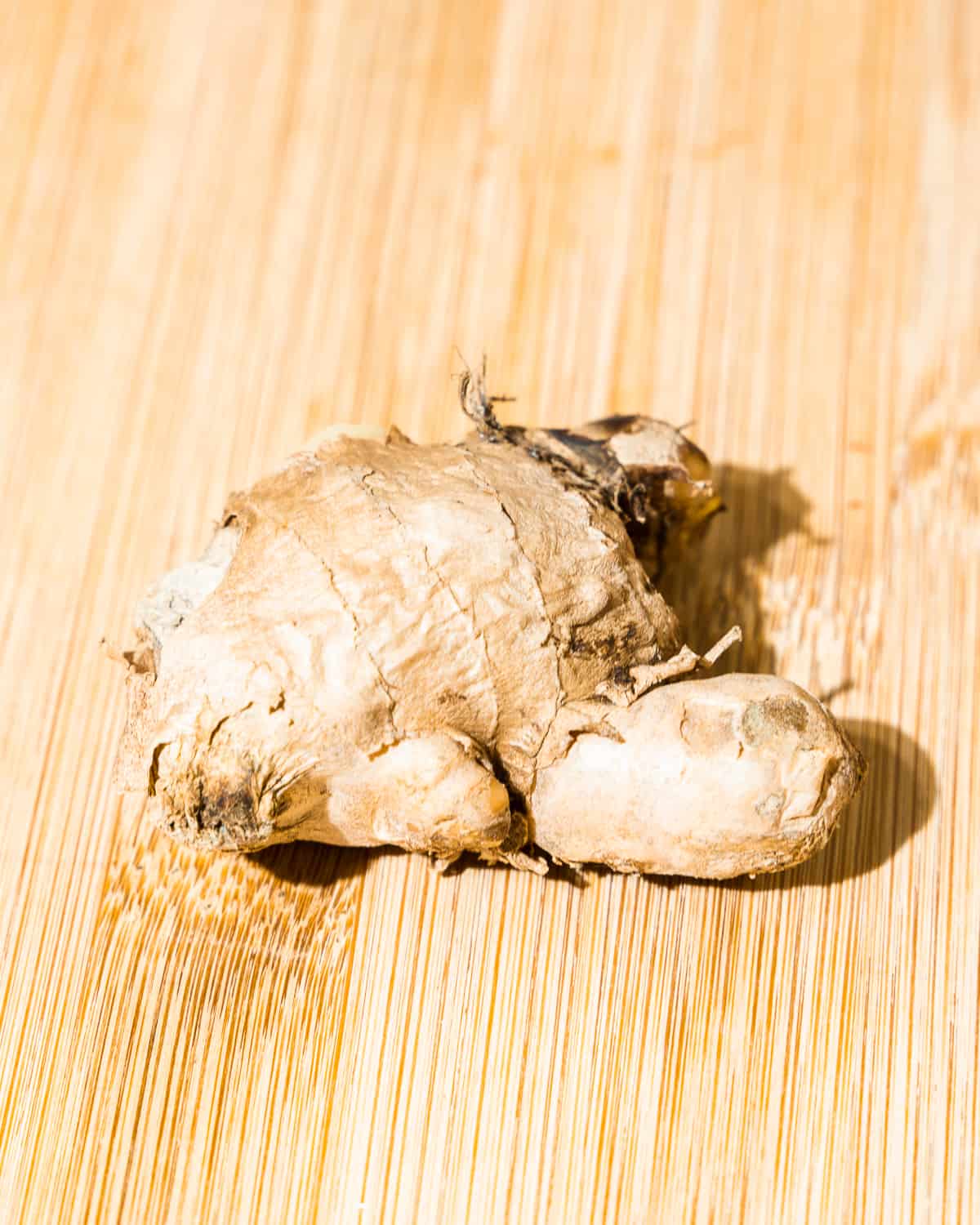
How does honey fermentation work?
How does honey fermentation work? Honey is usually a stable food that lasts many years without spoiling. However, honey ferment and turn into a delicious alcoholic beverage through fermentation.
Honey fermentation is a natural process that involves the introduction of yeast, oxygen, and sugar. The yeast consumes the sugar and produces alcohol.
For honey to ferment, it must be left in an open container so oxygen can come into contact with it. This process is known as "burping" the jar. If you are interested in this fermentation method, be sure to burp your jars every day.
When fermenting honey, the most important thing is that you will want to keep it at room temperature for about two weeks. It will not ferment properly if you keep it too warm or cold.
After two weeks, you can burp the jar and let it sit in the refrigerator for another two weeks. At this point, the honey will be ready to use, and you can take off the lid and enjoy your delicious fermented honey!
Ingredients
Raw Honey
Lemon, thinly sliced
Ginger Root: Ginger is a knobbly little thing. It is easier to peel it before cutting it up. Just use a spoon to scoop out the core at the top (the easiest way is to pierce the skin with a teaspoon, then run the spoon around the edge of the ginger and pull off just that part).
Equipment
Glass Jar with lid
You can use any large, wide-mouthed jar for fermenting honey. However, it should be glass, ceramic, or plastic and have a good seal so that the honey will stay airtight while it ferments.
Mandoline or sharp knife
Using a knife is an essential part of cooking. Yet some people don't have a knife sharpener, even worse, they use the blunt edge of a knife or other blunt cutting utensil. Over time this will quickly break apart the fibers in the fruit's skin and cause you to have no cuts.
Using a mandolin or sharp knife is essential for getting nice clean cuts. The best way to make sure your knife stays sharp is to use it frequently and keep it sharpened (with a honing tool) after each use.
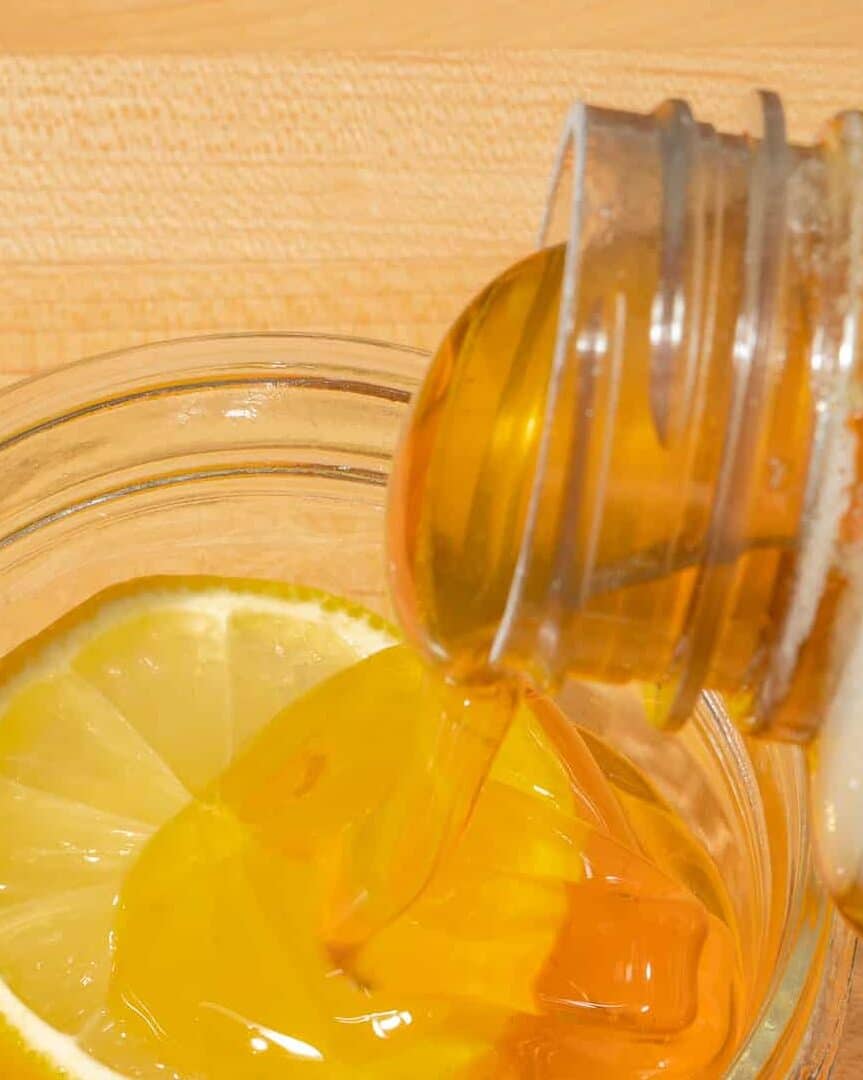
Instructions
Sterilize
Before you start making your ferment, you need to sterilize your jars. Sterilization is necessary to prevent bacteria from growing in your creations during the boiling process.
To sterilize the jars, fill a large pot with water and add 1 cup of vinegar to the water. Place the lids in the water and let them sit while you prepare your ingredients. The lids will sterilize along with the jars.
Slice & Dice
Thinly slice lemon and ginger, taking care not to cut your fingers!
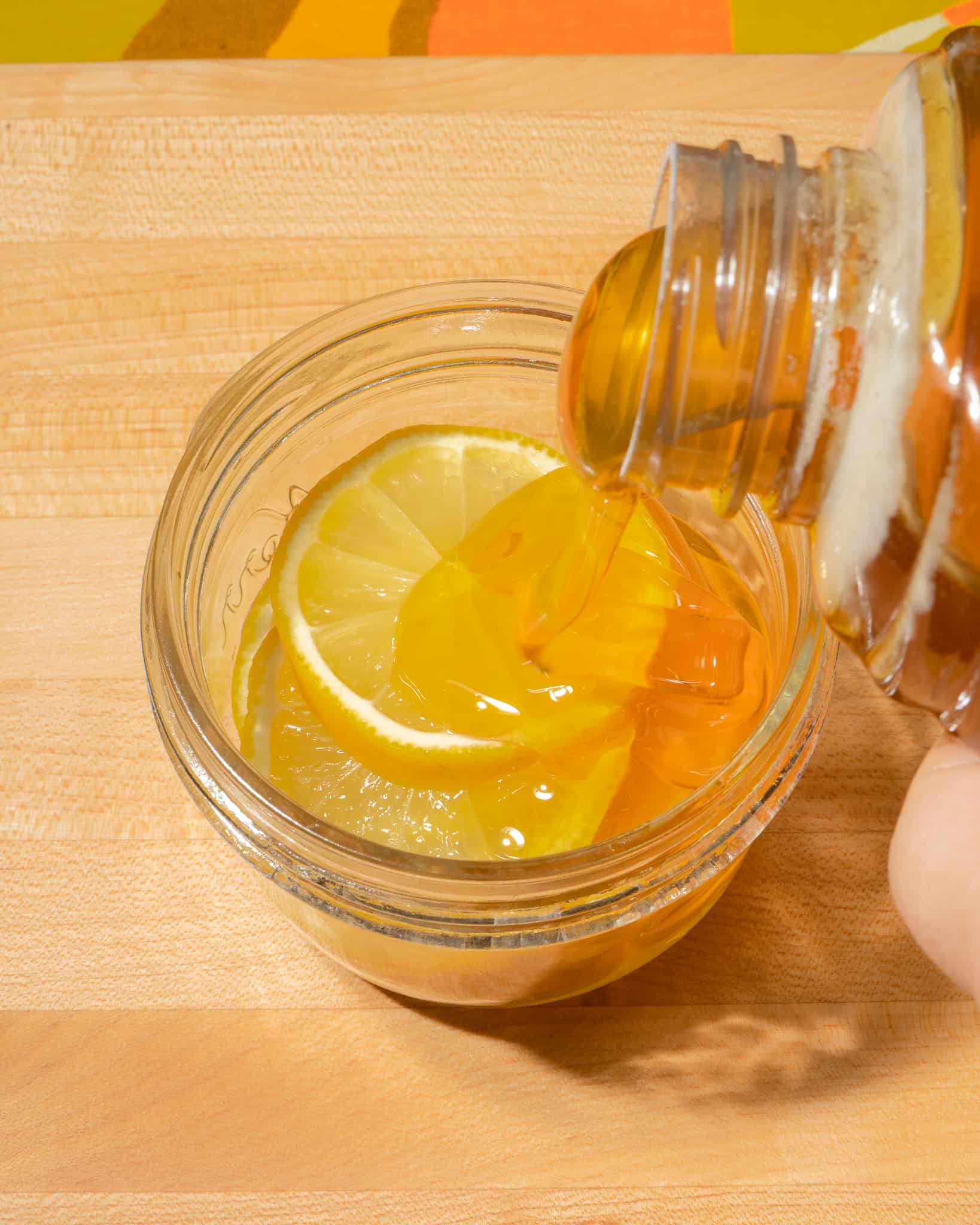
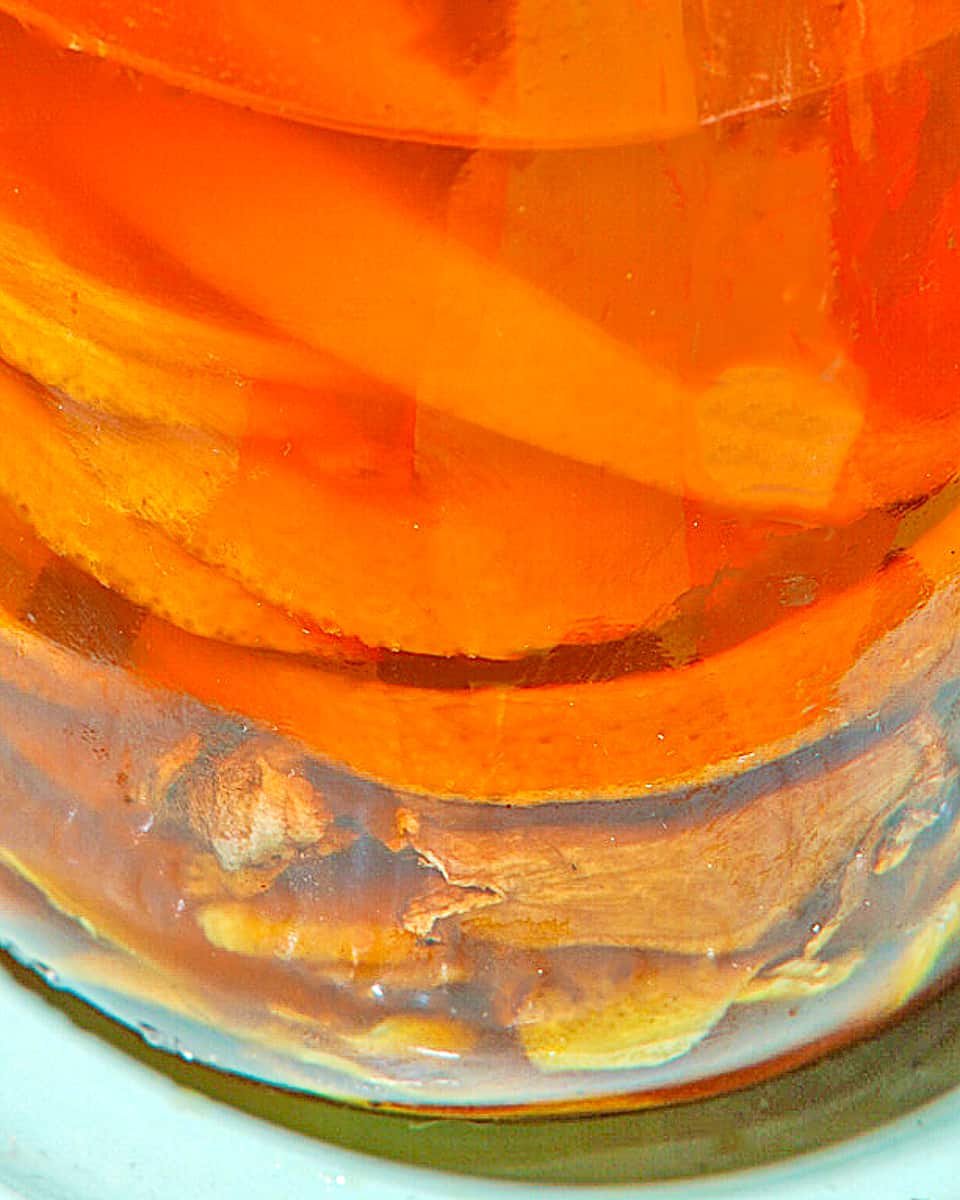
Assemble the jar
- Place lemon and ginger slices in a jar with a tight-fitting lid
- Add honey to cover
- Stir well, making sure there are no air bubbles trapped underneath the slices
- Put the jar in a warm place (not directly exposed to sunlight) on a plate to catch any drips.
- Check daily, making sure to "burp" the jar by opening the top briefly to release any gasses that build up during the fermentation process.
What kind of honey should I use?
For fermentation to work, use raw honey. It is essential to understand the different types of honey available. There are three main types of honey:
Raw Honey
Raw honey has not been cooked or processed and retains most of its natural ingredients. As a result, it is usually dark in color, thick, and has an intense flavor.
Pasteurized Honey
The second type of honey is pasteurized honey, and as the name suggests, this type of honey has been heated to high temperatures to kill all bacteria and yeast. Pasteurization eliminates the risk of getting sick from consuming contaminated honey.
Ultra-filtered Honey
The third type of honey is ultra-filtered honey, which has gone through an additional filtering process responsible for taking out all pollen grains from the honey. It sometimes removes up to 95 percent of these grains, making the final product easier to spread on bread or drizzle over desserts.
Benefits of ginger and honey with lemon
First, not a doctor, please research and talk to your medical professional when you are looking to use food as medicine. However, this recipe's benefits of lemon and ginger do not stop at just the sweetener. Lemon is said to enhance digestion, while ginger is said to have anti-inflammatory properties to relieve joint pain.
The flavor profile of this lemon ginger honey is reminiscent of fresh-squeezed lemonade. It tastes like sunshine.
How to Use Lemon and Ginge Fermented Honey?
Lemon and ginger-fermented honey are great ways to sweeten foods and drinks. It is outstanding in salad dressing, marinades, and salad toppings. Here are some ideas for using your lemon and ginger fermented honey:
Hot toddy
This honey really shines in a hot toddy, with or without alcohol. I shared a Lemon Honey Hot Toddy recipe that may get me through this winter.
Marinades
Add it to your favorite marinade for meats or vegetables. Try it with lemon and butter or soy sauce, garlic powder, onion powder, salt, and pepper.
Super Replacement
Fermented Honey can substitute for sugar in most recipes. Replace the sugar in your favorite cake recipe with fermented honey (⅓ cup to 1 cup). You can also use it in bread, muffins, or pancakes.
Add it to your breakfast
Add a lemon and ginger fermented honey tablespoon to your morning cereal or oatmeal. It makes a delicious topping for yogurt or ice cream too!
Salad dressing
Lemon and ginger fermented honey make an excellent all-natural salad dressing. Mix 2 tablespoons of lemon and ginger fermented honey with ⅓ cup vinegar (balsamic vinegar is delicious)and ½ teaspoon salt.
Spread it on toast or dip
Some toast with peanut butter or dip for fruit like strawberries or bananas would be great.
Ginger Honey Tea
Whether you add this honey to your black tea or add it to ginger tea, it's the perfect compliment to just below hot tea to soothe one's throat. Next, add a couple of slices of lemon to the tea. The warm lemon is a nice touch.
Ice tea:
Since the resulting honey is loose consistency, this would be an excellent substitution for simple syrup in iced tea.
Storage
Aging is typical in carpentry, cheese making, winemaking, and other food preservation techniques. The process of aging your fermented lemon and ginger is up to you. I have consulted fermentation experts and honey lovers, who agree that honey ferments should not be stored in the refrigerator. Honey is one of the oldest preservatives known to man and has been found in archeological sites! So keep it on the counter away from light.
When will I know the lemon fermented ginger and honey are ready?
So when do you know if it’s ready? There are three ways to determine it: First, the lemon and ginger should sink below the surface of the honey. Second, you can taste the honey – if it tastes like lemons and ginger, then you can safely assume that it is done fermenting. Third, take a look at your jar.
The lemon and ginger pieces will have sunk to the bottom of your jar. If you see any pieces floating above the surface, your jar may need to be stirred or shaken to encourage all ingredients to sink below the surface.
Notes
If you want to age your fermented lemon and ginger for a month or two, keep it in a dark area at room temperature. You can also place it outdoors during the summer months. However, remember that it will continue to ferment and become more acidic over time, so keep this in mind. I recommend using a mason jar with an airtight lid for aging.
*If you use a regular lid, check on the jar every once. Gases may build up inside and cause the jar to explode if not released!
Expert Tips for Honey Fermented Ginger Lemon
- Immunity: Honey, lemon, and ginger are well-known for their immunity-boosting properties 1. They are rich in antioxidants, Vitamin C, and other vitamins which can help enhance the function of the immune system [^2^, ^4^, ^5^].
- Fridge Storage: Once the fermentation process is complete, store the fermented honey ginger lemon in the fridge to maintain its freshness and prevent the growth of harmful bacteria 2.
- Juices: As the fermentation proceeds, the ginger and lemon release their juices, further enriching the mixture with beneficial vitamins and compounds 3.
- Flu & Cold Symptoms: The combination of lemon, ginger, and honey is commonly used to soothe a sore throat, reduce cough and alleviate flu symptoms due to its antibacterial and anti-inflammatory properties 4.
- Using a Clean Spoon: Always use a clean spoon when taking some honey out of the jar. This prevents introducing any bacteria into the jar that could alter the fermentation process or impact the storage life of your fermented honey 5.
- Selection of Lemons: Meyer lemons can be used for a sweeter, less tart flavor compared to other lemon varieties. However, any fresh, preferably organic, lemon would work great in this recipe 6.
- Peeling: Use a peeler to get thin slices of the clean ginger and lemon, ensuring they can easily be layered in the jar and covered completely with honey. The side of a spoon can also be used to peel ginger effectively 7.
- Addition of Garlic: You may consider adding a few garlic cloves to the mix. Garlic is known for its health benefits, including boosting immune function 8.
Always remember to seek medical advice if symptoms persist, despite at-home remedies.
Sources:
- Mandal, M. D., & Mandal, S. (2011). Honey: its medicinal property and antibacterial activity. Link ↩
- Quail, M., Lim, Y., & You, S. (2018). Honey for Nutrition and Health: A Review. Link ↩
- Washington State University. Reasons for Fermenting. Link ↩
- Cohen, H. A., Rozen, J., Kristal, H., Laks, Y., Berkovitch, M., Uziel, Y., ... & Efrat, H. (2012). Effect of honey on nocturnal cough and sleep quality: a double-blind, randomized, placebo-controlled study.Link ↩
- Colorado State University. Basics of Fermentation. Link ↩
- Elmore, S. (2002). Why Onions? The health benefits of onions in fermentation recipes. Link ↩
- LeVeque, K. (2018). Tabletop Fermentation: An introduction to fermenting fruits and vegetables. Link ↩
- Arreola, R., Quintero-Fabián, S., López-Roa, R. I., Flores-Gutiérrez, E. O., Reyes-Grajeda, J. P., Carrera-Quintanar, L., & Ortuño-Sahagún, D. (2015). Immunomodulation and anti-inflammatory effects of garlic compounds. Link ↩
FAQ
The lemon and ginger should sink below the surface of the honey. If it tastes like lemons and ginger, then you can safely assume that it is done fermenting. Third, take a look at your jar. The lemon and ginger pieces will have sunk to the bottom of your jar.
So many ways! Add this syrupy goodness to tea, top it on cakes, and mix it into a cocktail.
Not a doctor, but it's said that ginger is said to help with inflammation and honey can be good to take for immune support. Ultimately it tastes great!
Yes, you can. I've made a ginger honey sipper with this honey and it's delicious. To your honey fermented ginger honey, add a cup of hot water and 2 tablespoons of chopped, fresh ginger. Let it sit for 10 minutes, strain it over ice and enjoy!
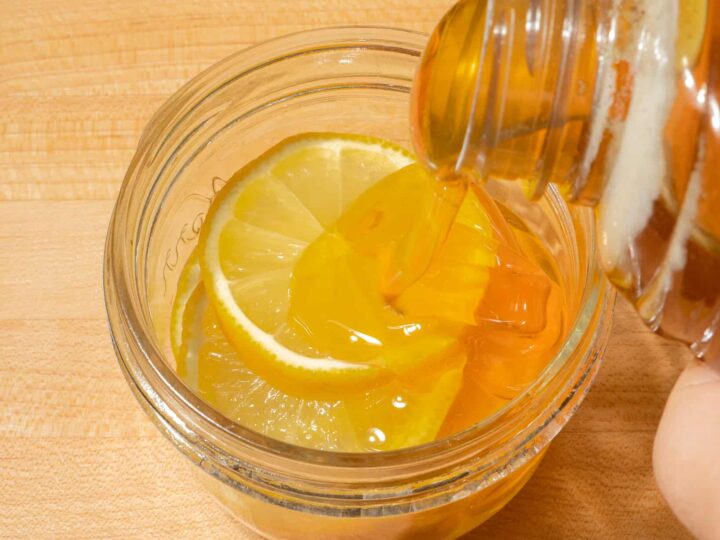
Lemon Fermented Ginger Honey
This lemon ferment ginger honey recipe will transform your mornings forever. I'm excited for you to try the combination of citrus, ginger, and honey to add to your tea or other beverages. The warm and sunny flavors are sure to invigorate your taste buds and perk you up for the day ahead.
Ingredients
- 1 cup honey (raw honey is best)
- 1 lemon, thinly sliced
- ½ inch piece ginger root
Instructions
Sterilize Jars
- Before you start making your ferment, you need to sterilize your jars. Sterilization is necessary to prevent bacteria from growing in your creations during the boiling process.
- To sterilize the jars, fill a large pot with water and add 1 cup of vinegar to the water. Place the lids in the water and let them sit while you prepare your ingredients. The lids will sterilize along with the jars.
Slice & Dice
- Thinly slice lemon and ginger, taking care not to cut your fingers!
Assemble the jar
- Place lemon and ginger slices in a jar with a tight-fitting lid
- Add honey to cover
- Stir well, making sure there are no air bubbles trapped underneath the slices
- Put the jar in a warm place (not directly exposed to sunlight) on a plate to catch any drips
- Check daily, making sure to "burp" the jar by opening the top briefly to release any gasses that build up during the fermentation process.
Notes
- If you want to age your fermented lemon and ginger for at least two weeks, keep it in the dark area at room temperature.
- I recommend using a mason jar with an airtight lid for aging.
Nutrition Information:
Yield:
16Serving Size:
½ ozAmount Per Serving: Calories: 67Total Fat: 0gSaturated Fat: 0gTrans Fat: 0gUnsaturated Fat: 0gCholesterol: 0mgSodium: 1mgCarbohydrates: 18gFiber: 0gSugar: 18gProtein: 0g

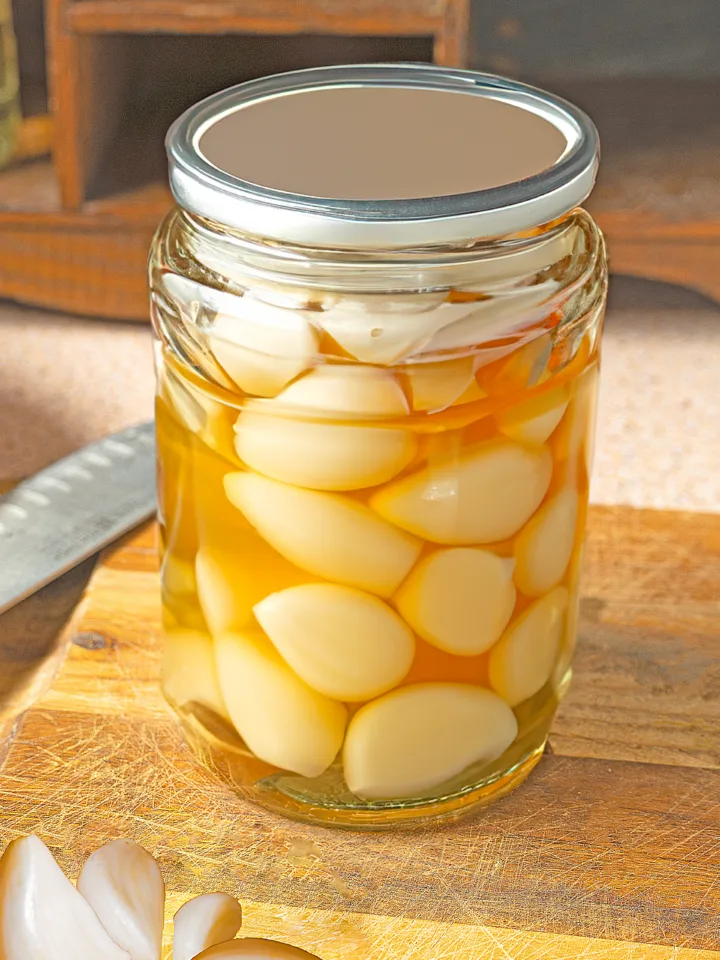
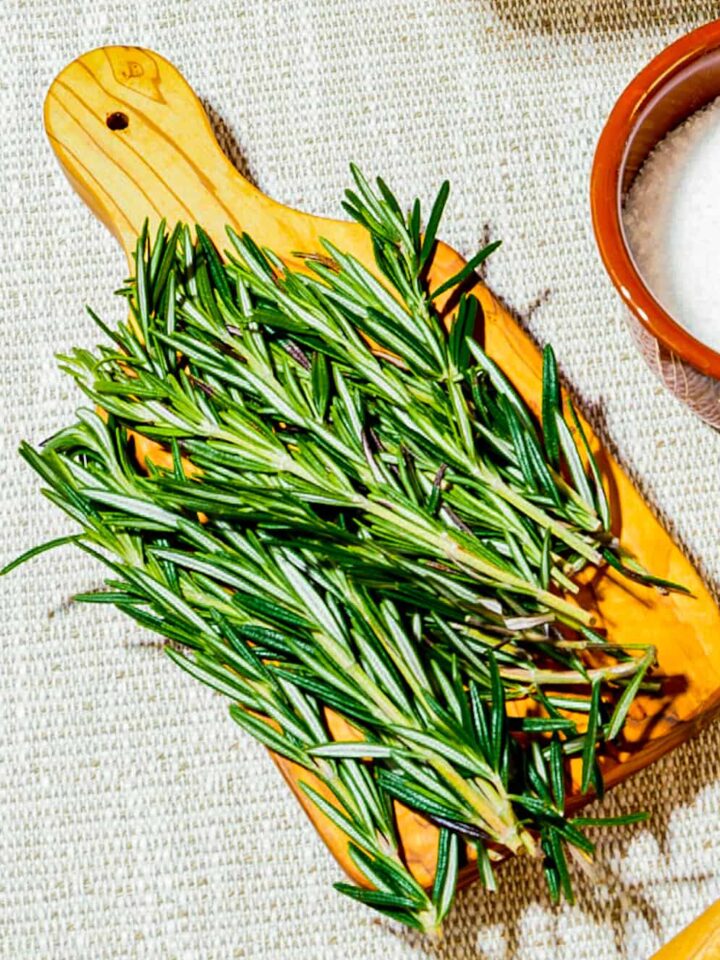
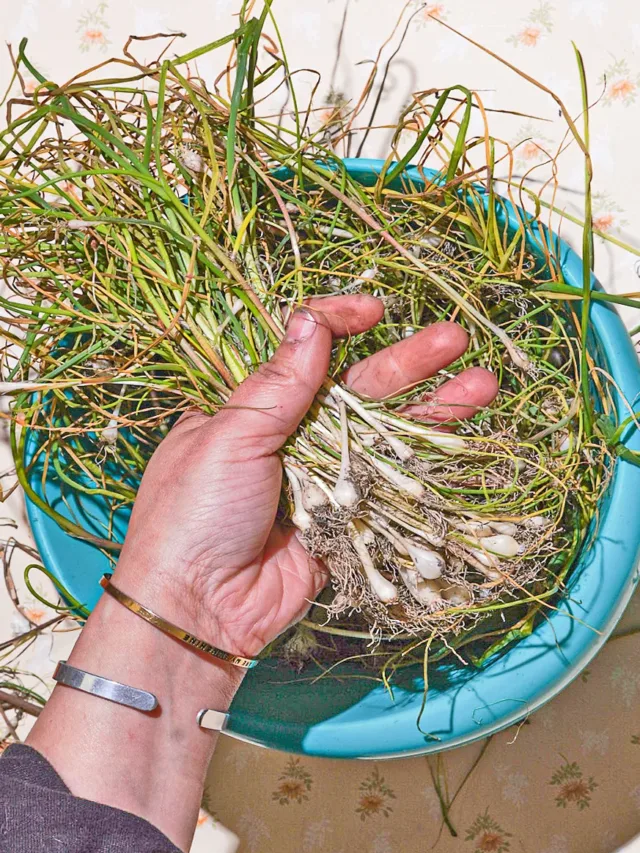
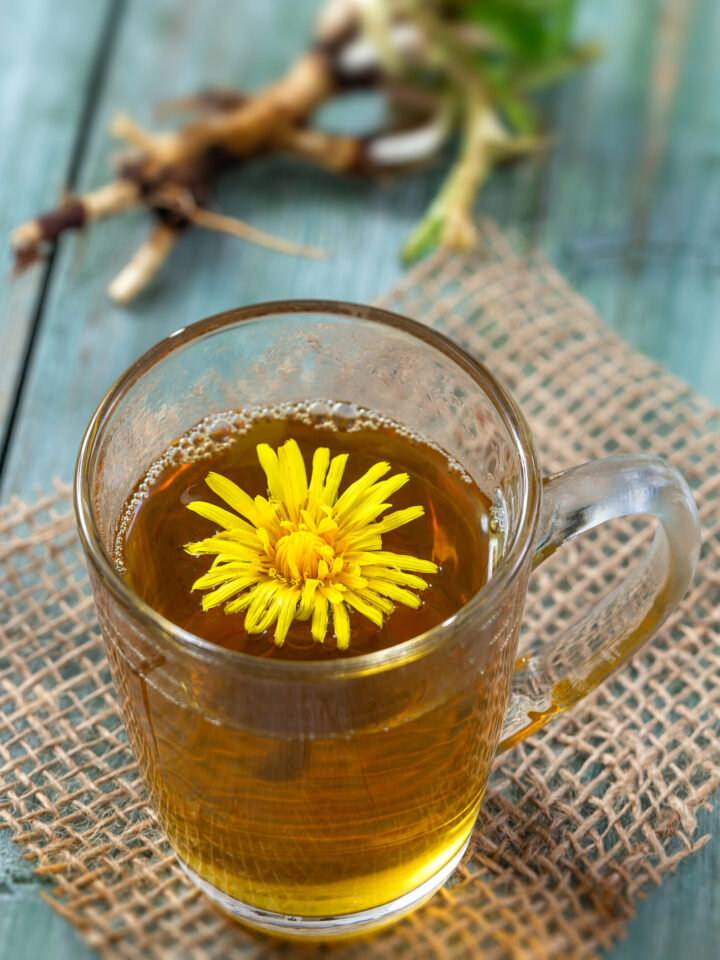

Kat says
Wow! My ferment has been sitting for 3 weeks and I finally gave it a taste. This is the best syrup ever! I'm not sure I can stop myself from drinking the entire jar... Thanks for the wonderful recipe. I'll be keeping a jar of this on the go at all times.
Stephanie Gravalese says
This makes me so happy Kat! I'm going to be sharing a version with just ginger and some other honey ferments as well. Thank you for sharing!
DEBRA says
Stephanie I feel you are not giving us raw honey bee producers a fair shake. Raw honey comes in different colors as well as with different flavor notes, look for monofloral raw honey, its wonderful. not all raw honey is the same so ask questions about what you want from it. I wondered what you think of honey once it crystallizes and if you use it.
Stephanie Gravalese says
Hi Debra, thank you for your comment! I appreciate the feedback, and I'd like to address your concerns.
I have previously worked with beekeepers and honey suppliers around the US and in different parts of the world in my previous life in food manufacturing, but I am far from an expert.
Yes, raw honey does come in many forms and shapes. One of my favorites is a Forest Fruits Honey from Zambia that takes on a dark treacle flavor profile and is a darker color.
That said, I agree that providing a full scope of options for folks here and sharing what’s possible is the best way to empower folks to expand what honey they use and how. Would you be interested us connecting by email I would love to interview you for a post so we together can have this resource available. I appreciate your reaching out and I look forward to connecting soon.
Michelle Reagan says
could I possibly use oranges instead of lemons? they are what I have.on hand?
Stephanie Gravalese says
I haven't tried oranges, but I think it's worth a try. I have some oranges on my end, and you've inspired me to give it a go as well. Let me know how it goes, and I'll share on here as well. Thanks for stopping by, Michelle!